From historical boat rides to cultural hideaways, there's more to Dubai's soul than gold and world record-breaking sights
29 January 2020
| Last updated on 30 January 2020
Symbols of a commercial trading past and monuments to a high-tech future collide in Dubai
Dubai is such a young city, filled with beautiful modern architecture and big roads, large buildings, and giant malls.
However, many people claim that Dubai lacks cultural depth and refer to the city as ‘soulless’. Being an Emirati from Dubai I’m fortunate enough to know a lot about my city, and I always jump at the opportunity to showcase the Soul of Dubai.
Beginning with Dubai Creek or Khoor Dubai, the center of old Dubai is a notable mention. Surrounding the old creek lies some of the oldest parts of the city including the old neighborhoods like Shandagha and Al Fahidi, which were the homes of some of the most influential families in the UAE including the Al Maktoum ruling family.
In these old villages you will discover how people of Dubai have managed to survive for more than two hundred years, relying on resources around them like the Palm Tree leaves that made the Areesh Houses which were one of the most accessible ways for people to live, and Coral Houses with their beautiful sandy colors and long wind-towers.
Today, you will have a better chance of observing not only the old towns but how these neighborhoods have become a vital part of one of the most popular events of the year, especially Sikka Art Fair. Walking along the Seefa (i.e. the creek bank) in Bur Dubai you will reach the Old Souq where many Dubaians shop.

At the Abra Station you can take one of the small Abra boats to get across the creek and get to Bur Deira. During the ride on the Abra, often the creek is full of with trade boats coming from across the Gulf and the Indian Ocean bringing goods for more than 100 years until now. The Abra was the main way for people to move from Bur Dubai to Bur Deira and vice versa.
I remember while growing up my father would tell me tales about his adventures and one of them was going from his home in Al Shandagha to Al Ras Library to read in solitude. This library which still exists was founded in the early 1960s, considered one of the oldest libraries in Dubai.
Beginning with the Gold Souq and onwards in Bur Deira, you'll find an area full of old shops and small Skeek (i.e. alleyways) covered with interesting different goods, food, spices, gold, fabrics, and antiques. As a child, I remember accompanying my mother to the Gold Souq and to sell gold jewelry, often broken ones or out of style pieces and then returning when the gold prices were down to buy new jewelry.

Walking around you will see shrines and mosques fill the area and atmosphere of joy and diversity fill the air like it has been since the early 60s. While discovering Deira on foot, a person will have more than one chance to visit unique museums like Bait Al Banat (The Women’s Museum) and Al Ahmadiya School (turned Museum) which is one of the oldest schools in Dubai.
Nearby is one of the most popular destinations for the Mekhaweer (i.e. Emirati women dresses) in Fareej Al Murar area where woman bring their new bought fabric to get it tailored with Emirati traditional designs. One of the most common places to buy new fabrics would be Al Satwa area where many small shops would offer beautiful fabrics from all around the world.
You can often see Emirati women haggling the shopkeepers for the prices while joking and drinking Karak (i.e. Tea and Milk) provided by the shopkeepers - hospitality has existed in Dubai for a very long time.
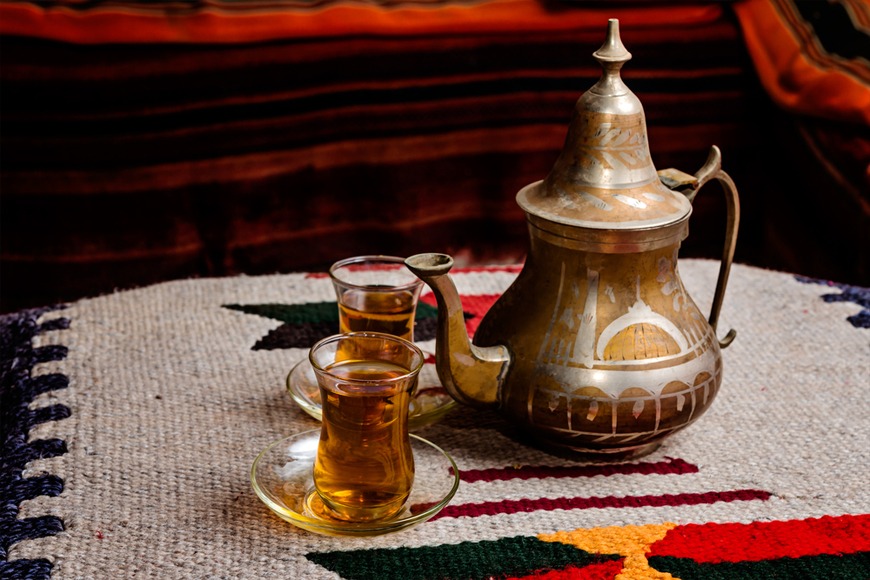
All I have mentioned is still part of many Dubaians lives, and still represents an important part of this city’s culture and history. Many of the Emirati people’s traditions are still practiced to this day but often these traditions go unnoticed, unless you make the effort to know more.
Some of these traditions like giving out candy to kids on Hag Al Lela, kissing the foreheads of the elderly when greeting them as a sign of respect, or traditional music that talk about love in the most expressive ways, are still quite alive even today. Dubai’s soul is a hidden gem, and we owe it more than we think.
Discovering this hidden gem could be as simple as a day out with friends to realize the beauty of old Dubai.
Written by Ruqaya AlHamiri




.png?itok=HBSyMDok)








































































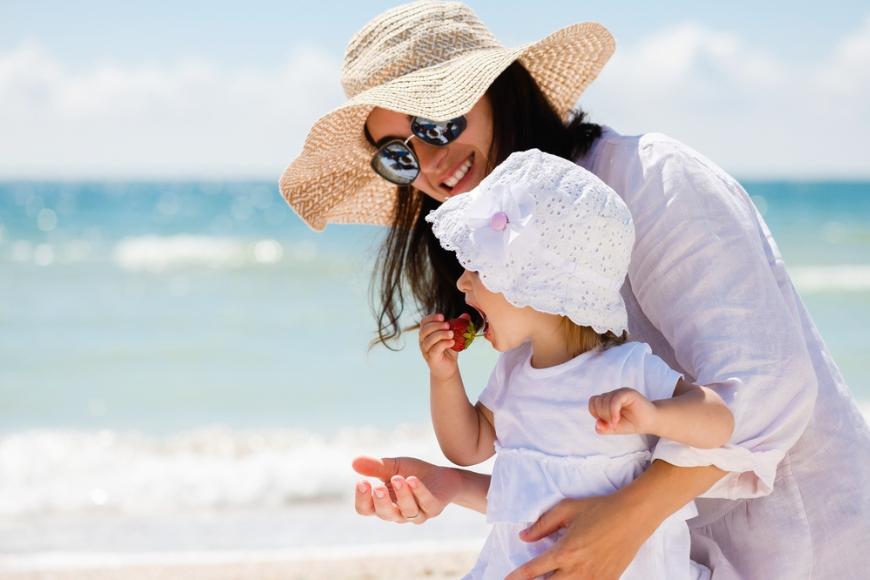
.png)
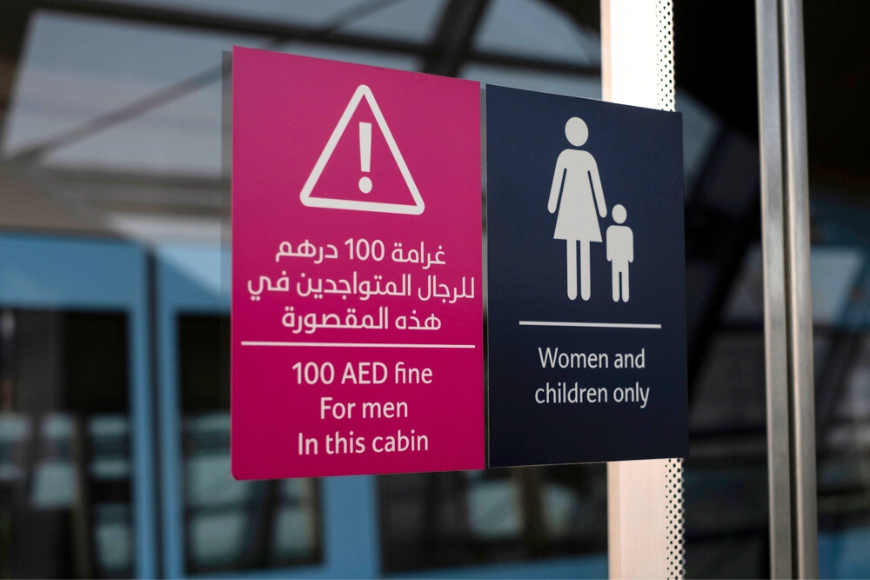

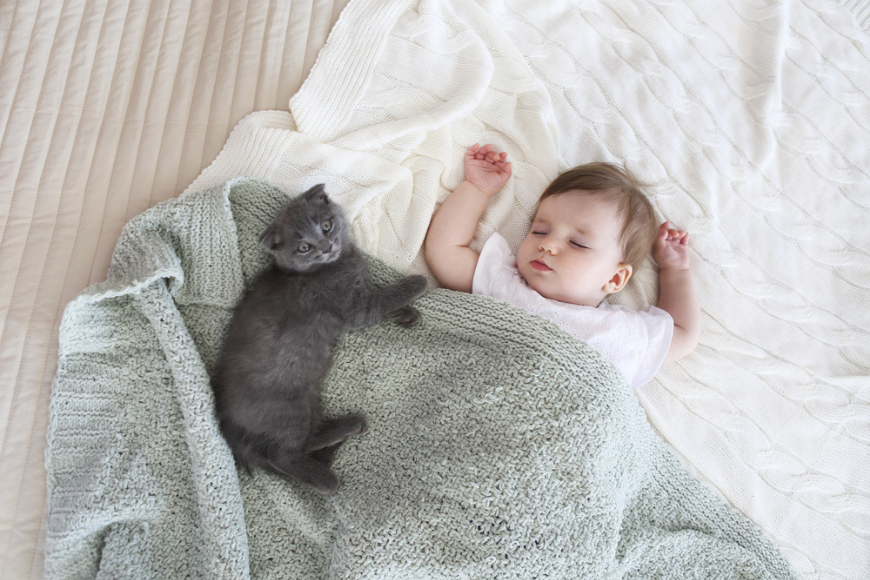

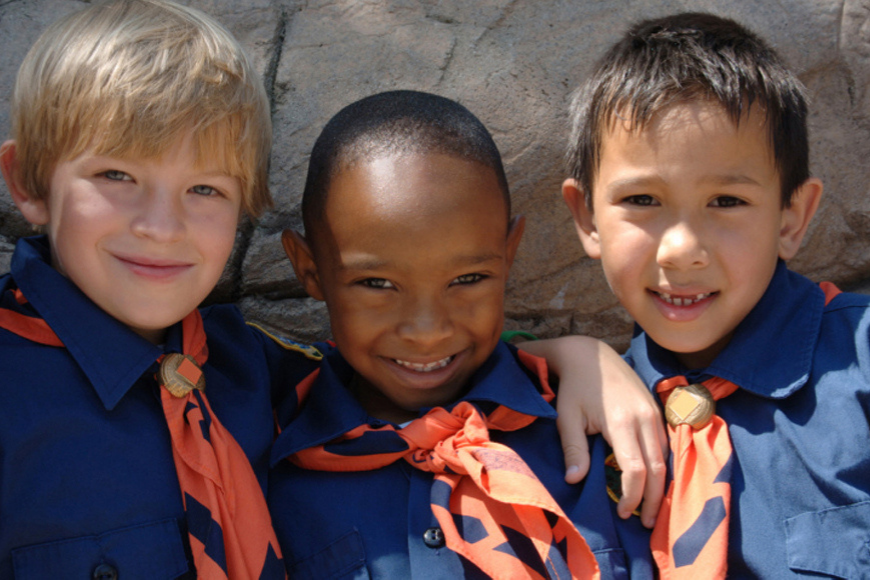
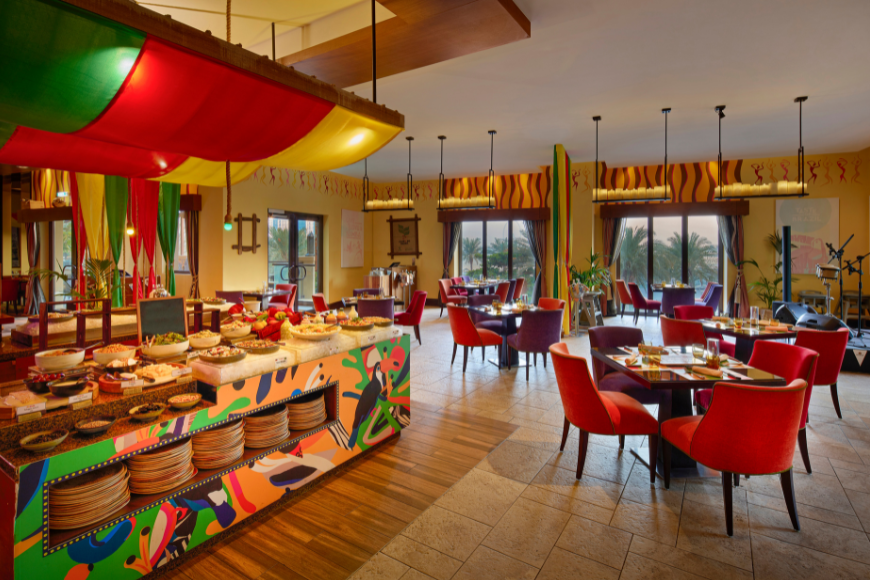
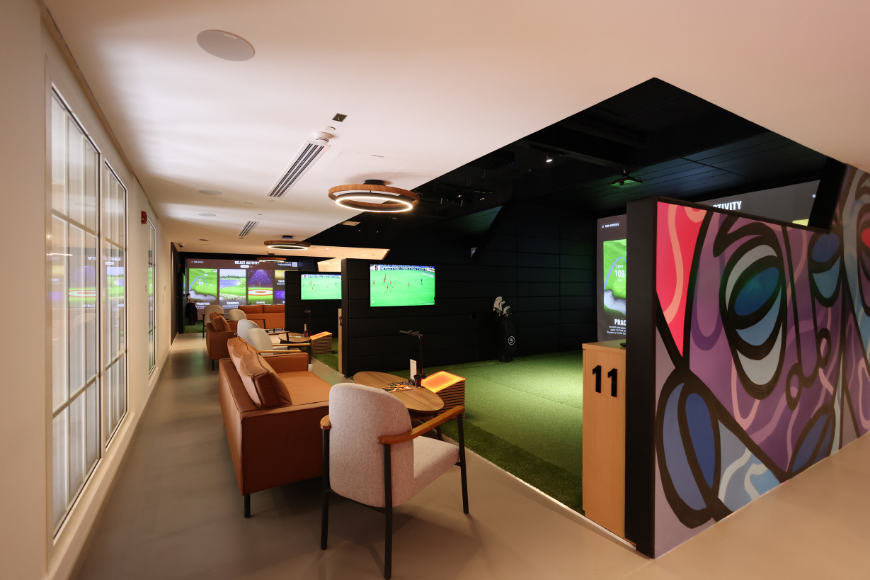
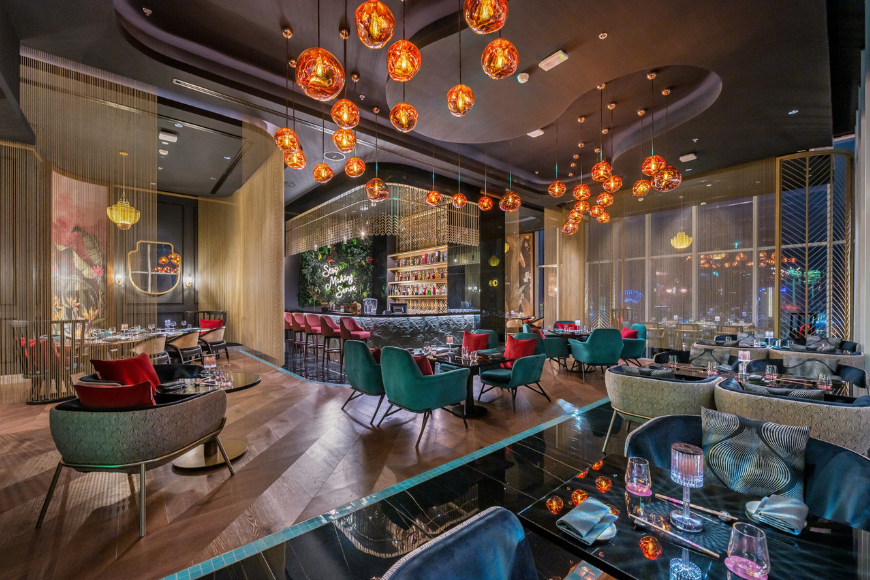

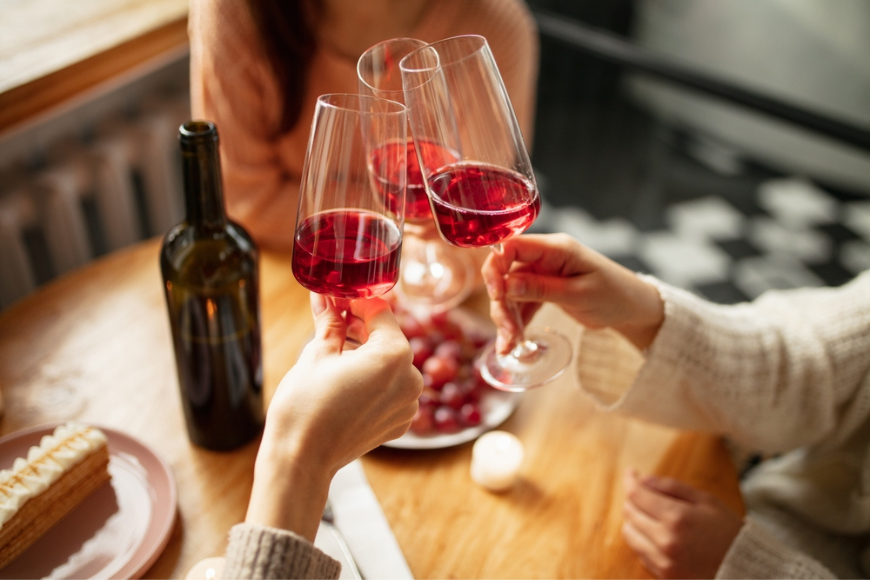

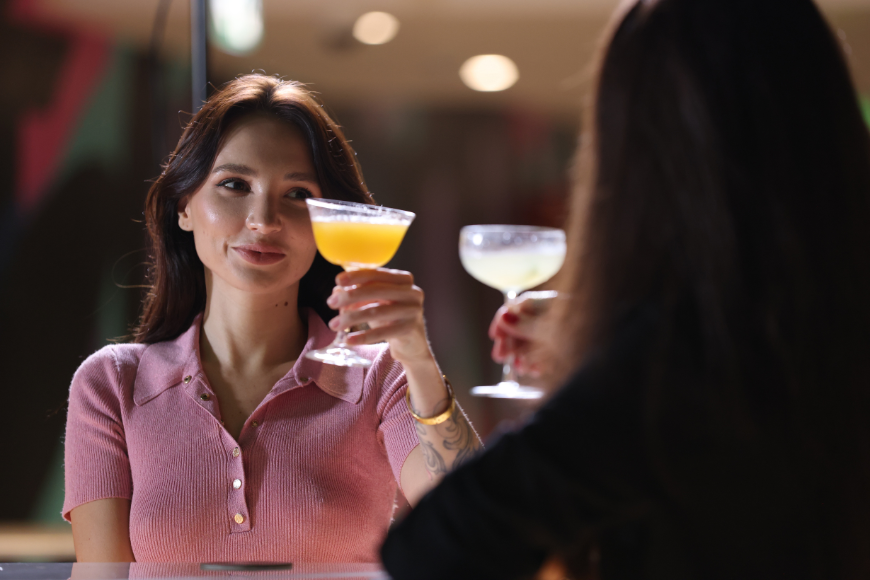
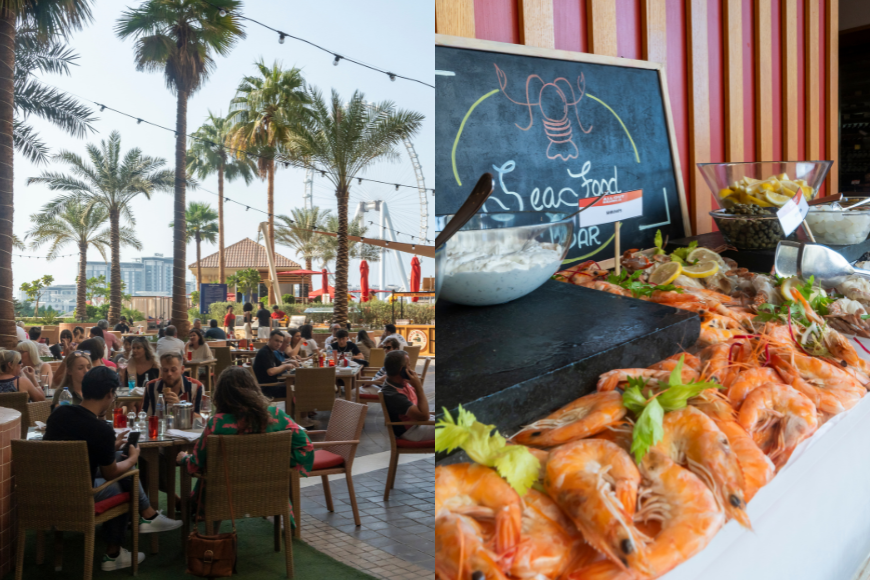
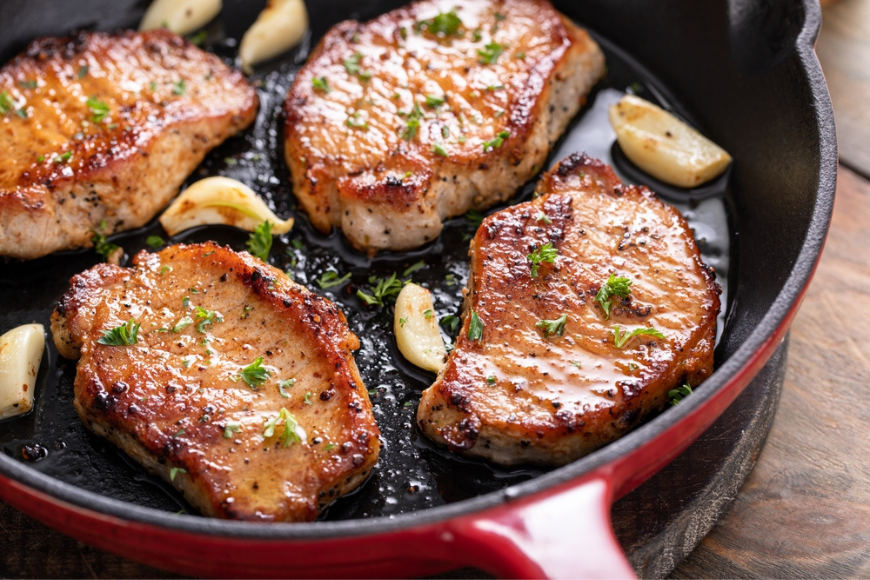












.png?itok=0fOAXkOm)

























.png?itok=EH_x0Pha)
